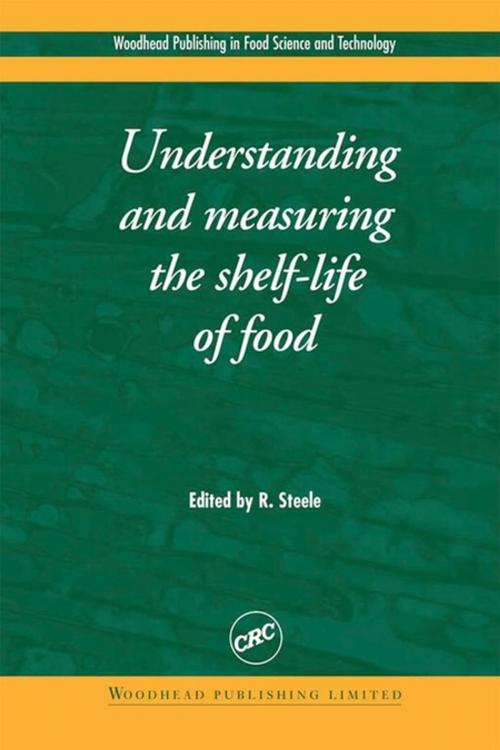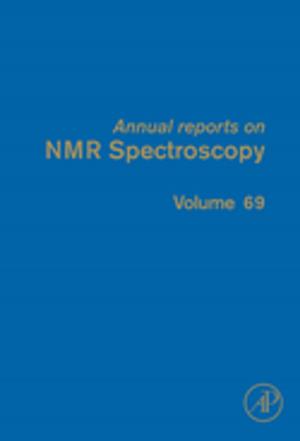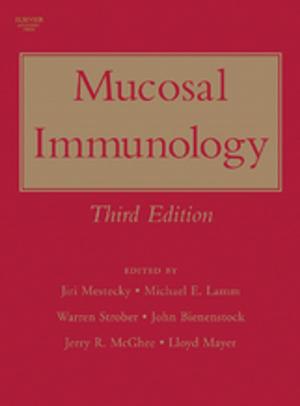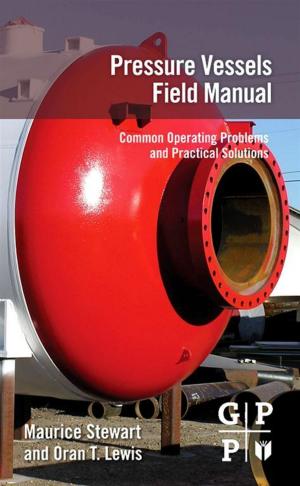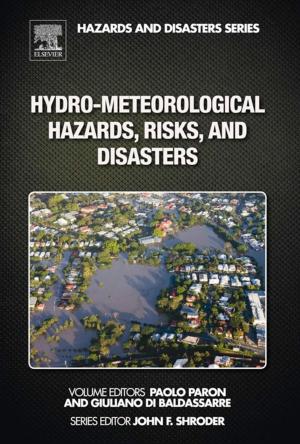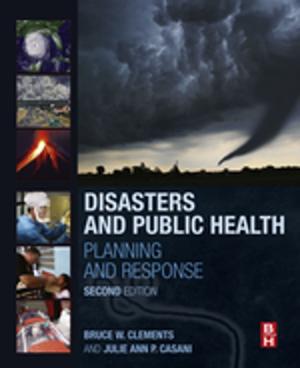Understanding and Measuring the Shelf-Life of Food
Nonfiction, Science & Nature, Technology, Food Industry & Science| Author: | ISBN: | 9781855739024 | |
| Publisher: | Elsevier Science | Publication: | May 10, 2004 |
| Imprint: | Woodhead Publishing | Language: | English |
| Author: | |
| ISBN: | 9781855739024 |
| Publisher: | Elsevier Science |
| Publication: | May 10, 2004 |
| Imprint: | Woodhead Publishing |
| Language: | English |
The shelf-life of a product is critical in determining both its quality and profitability. This important collection reviews the key factors in determining shelf-life and how it can be measured.
Part one examines the factors affecting shelf-life and spoilage, including individual chapters on the major types of food spoilage, the role of moisture and temperature, spoilage yeasts, the Maillard reaction and the factors underlying lipid oxidation. Part two addresses the best ways of measuring the shelf-life of foods, with chapters on modelling food spoilage, measuring and modelling glass transition, detecting spoilage yeasts, measuring lipid oxidation, the design and validation of shelf-life tests and the use of accelerated shelf-life tests.
Understanding and measuring the shelf-life of food is an important reference for all those concerned with extending the shelf-life of food.
- Reviews the key factors in determining shelf-life and how they can be measured
- Examines the importance of the shelf-life of a product in determining its quality and profitability
- Brings together the leading international experts in the field
The shelf-life of a product is critical in determining both its quality and profitability. This important collection reviews the key factors in determining shelf-life and how it can be measured.
Part one examines the factors affecting shelf-life and spoilage, including individual chapters on the major types of food spoilage, the role of moisture and temperature, spoilage yeasts, the Maillard reaction and the factors underlying lipid oxidation. Part two addresses the best ways of measuring the shelf-life of foods, with chapters on modelling food spoilage, measuring and modelling glass transition, detecting spoilage yeasts, measuring lipid oxidation, the design and validation of shelf-life tests and the use of accelerated shelf-life tests.
Understanding and measuring the shelf-life of food is an important reference for all those concerned with extending the shelf-life of food.
- Reviews the key factors in determining shelf-life and how they can be measured
- Examines the importance of the shelf-life of a product in determining its quality and profitability
- Brings together the leading international experts in the field
